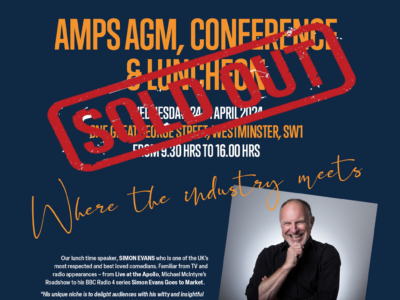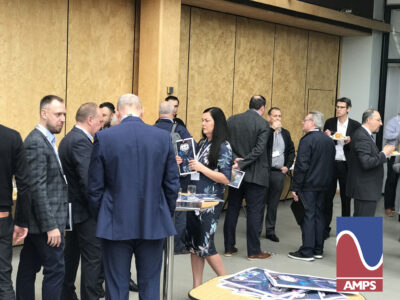From 27th April 2019, G59 has been replaced to meet grid code changes. Since that date all new equipment connecting to the network in GB must comply with G99. In addition, G59 has been amended retrospectively, affecting 50,000 existing connected applications.
To address stability issues on the grid, the new grid codes widen the parameters for LOM detection and forbid the use of Vector shift, to reduce tripping incidents in a non-islanding event – staying connected through short duration voltage/frequency dips is now a requirement.
RoCoF and Vector shift were both previously used within G59 for LOM detection, but now RoCoF is the only approved method in GB – vector shift is banned within GB (but still allowed in Europe and other countries).
This applies to G99 connections but also applies retrospectively to existing DERs connected under G59: These existing applications may require updates or replacements to equipment in order to meet the newly amended regulations. This is expected to affect 50,000 sites across GB, with the deadline for compliance being “no later than April 2022.”
The DSEP100 Mains decoupling Relay is fully G99 compliant and if you are already using an existing DSEP100 fitted under G59, the good news is that it can be easily reconfigured to suit the newly amended G59 regulations. The DSEP100 also complies with multiple other world standards for connecting to the mains (utility) supply and is future proofed for any further changes that may occur.
The DSEP100 is ideal for a wide range of paralleling applications having some very sophisticated features and protections that make this product an attractive all-round solution e.g. peak lopping; fixed export; short term operating reserve; no break, seamless or closed transition; commercial and domestic local power generation; multi-stage under and over voltage protection; 2-stage under and over frequency protection; RoCoF and Vector shift protections; security protection against unauthorised changes; earth fault protections; positive & negative sequence voltage protections; voltage asymmetry protections.


